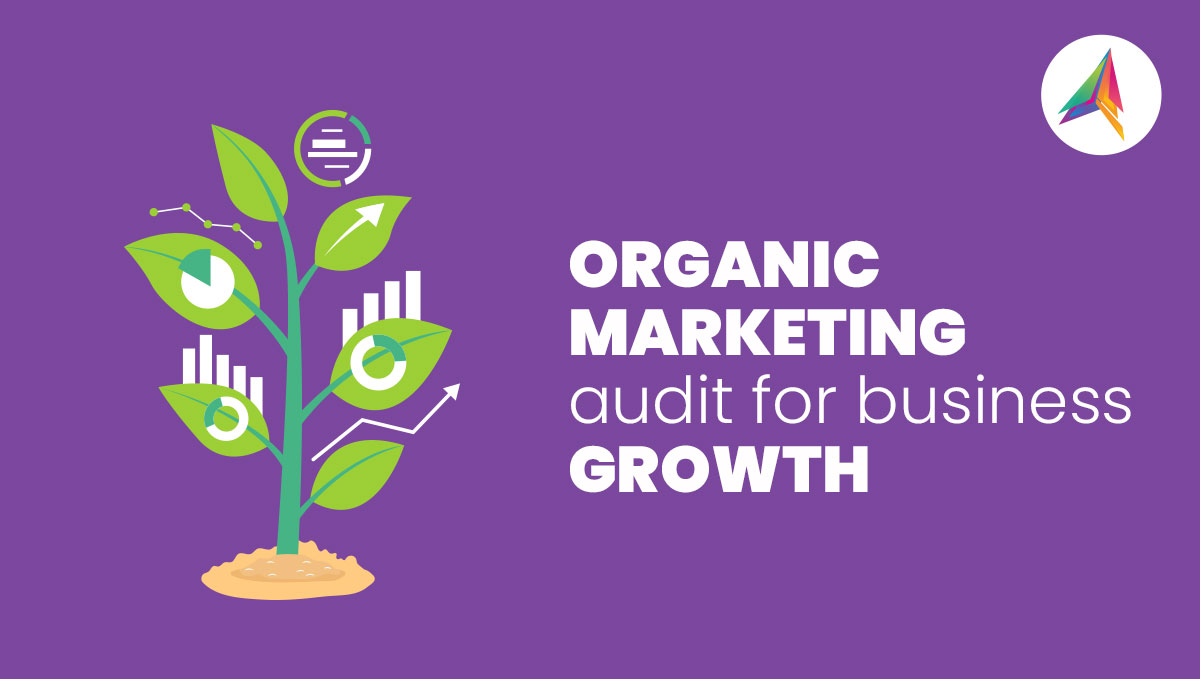Imagine spending years developing a groundbreaking product, only to see it flop at launch. You followed the same playbook that worked before—social media blasts, SEO-optimized blogs, targeted ads—but this time, engagement is dismal, and conversions are nonexistent. What went wrong? The answer often lies in an overlooked step: a digital marketing audit.
Table of Contents
What Is a Digital Marketing Audit?
A digital marketing audit is a thorough evaluation of your online strategies, from your website’s user experience to your social media ROI. Think of it as a health checkup for your brand’s digital presence. It identifies what’s driving results, what’s falling flat, and where hidden opportunities lie. Without this clarity, even the most innovative products can get lost in today’s 3-second-video noise.
Why Is a Digital Marketing Audit Important?
Markets evolve rapidly. Tactics that worked two years ago may now be outdated. Consider this:
- Attention spans are shorter (10 seconds and dropping).
- Algorithms change (what worked on Instagram last month might not today).
- Competitors adapt (they’re auditing their strategies too).
An audit isn’t just about fixing mistakes—it’s about staying agile. For instance, a SaaS company, Brosix, boosted organic traffic by 48% after merging competing keywords and aligning content with user needs. Without an audit, they’d have kept wasting resources on redundant efforts
Key Components of a Digital Marketing Audit
Website Health Check
- User Experience (UX): Is your site easy to navigate on mobile? Do pages load in under 3 seconds?
- SEO Basics: Are meta tags optimized? Are there broken links hurting your rankings?
Content Quality & Relevance
- Audit blogs, videos, and social posts. Are they solving real problems, or just adding to the clutter?
- Use tools like Ahrefs to find top-performing content and update or retire underperformers.
SEO & PPC Deep Dive
- Keywords: Are you targeting terms your audience actually searches?
- Ad Spend: Are your Google Ads driving conversions, or just draining budgets?
Social Media Metrics
Track engagement rates, follower growth, and click-throughs. Which platforms deliver real ROI?
How to Conduct an Audit in 5 Steps
- Set Goals: Define success. Example: “Boost organic traffic by 20% in 6 months.”
- Gather Data: Use Google Analytics for traffic insights, SEMrush for SEO gaps, and HubSpot for campaign ROI.
- Analyze & Compare: Benchmark against competitors. Are their backlinks stronger? Is their content more shareable?
- Spot Weaknesses: Common issues include slow load times, irrelevant keywords, or poorly optimized landing pages.
- Act & Iterate: Create a 90-day plan to fix gaps. Test changes and monitor progress.
Tools to Simplify Your Audit
SEMrush: Uncover SEO weaknesses and spy on competitors’ strategies.
Google Analytics 4: Track user behavior and conversion paths.
Hotjar: Visualize how visitors interact with your site via heatmaps.
The Bottom Line
A digital marketing audit isn’t a luxury—it’s a necessity. It transforms guesswork into actionable insights, ensuring every dollar and effort aligns with your goals. Whether you’re launching a product or reviving a stale campaign, audits help you adapt to trends, outpace competitors, and connect with today’s impatient audiences.
Ready to Future-Proof Your Strategy?
At Web2Byte, we specialize in turning audits into actionable roadmaps. Let us help you uncover hidden opportunities and avoid costly missteps. Because in a world of fleeting attention spans, “good enough” marketing rarely is.



